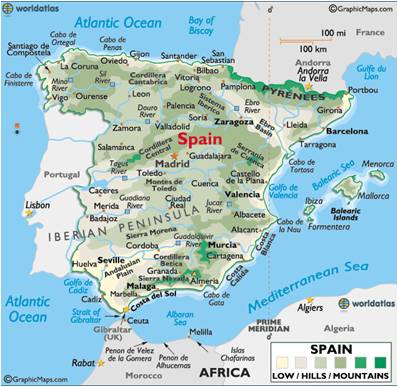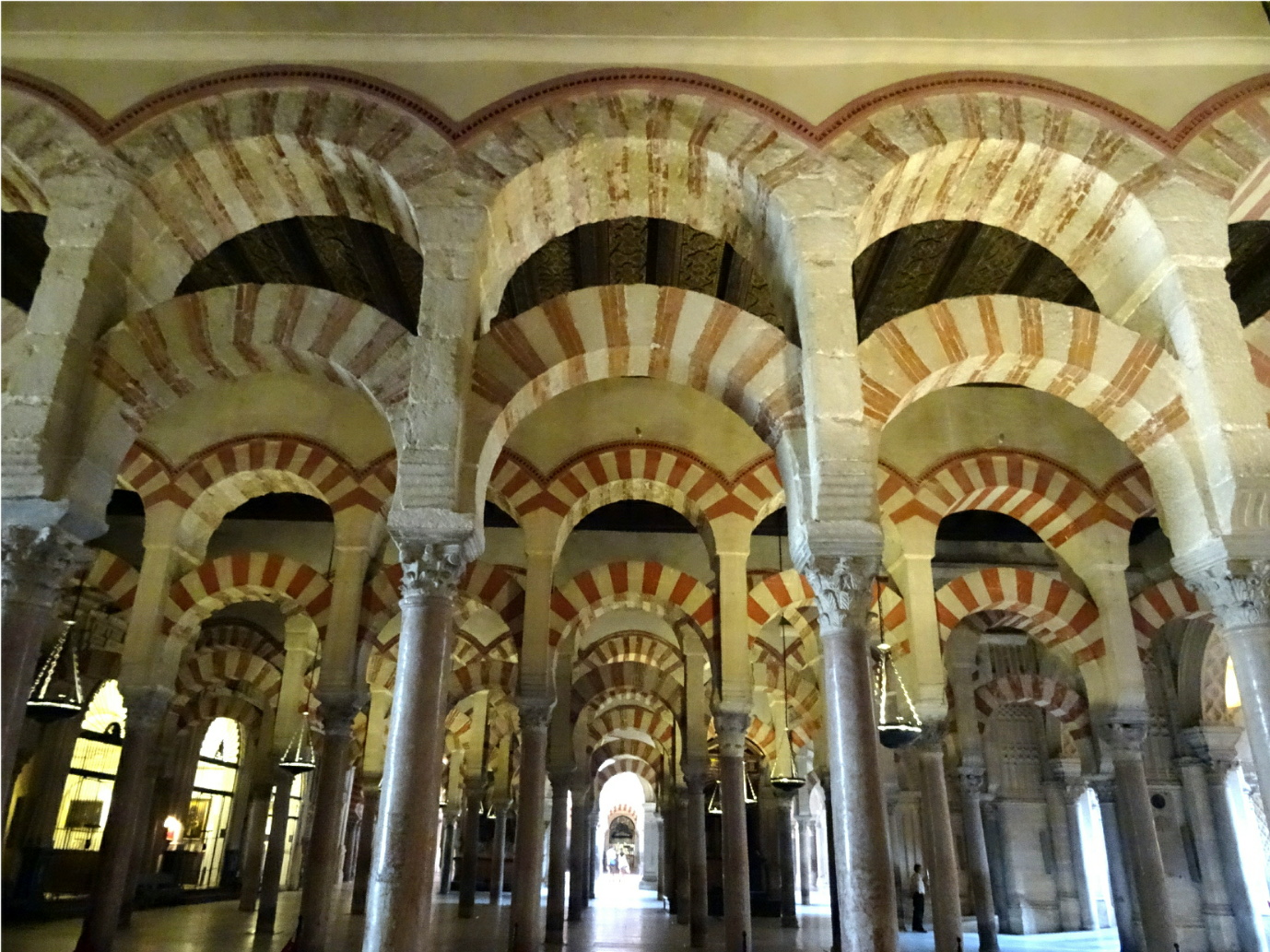


|
|
||
|
|
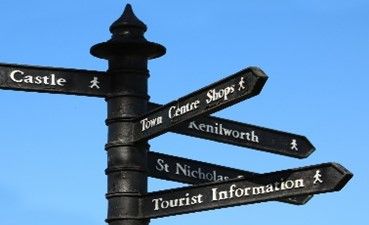 Sagrada Família Sagrada Família or the church of The Holy Family is sometimes referred to as Gaudi’s Cathedral after the architect who gave it its unique design, Antoni Gaudi; although it is not a cathedral. The decision to construct a church in Barcelona dedicated to the Holy Family was taken in 1874 by Josep Bocebella. In 1881 the land was purchased and the following year on March 19, the foundation stone was laid by the Bishop of Barcelona. READ MORE
Park Güell
The park was originally intended to be a residential complex and consisted of 60 luxury houses. The idea for the site was that of Count Eusebi Güell, after whom the park was named and was based on the English garden city movement. READ MORE
Barcelona Cathedral Placa del Rei 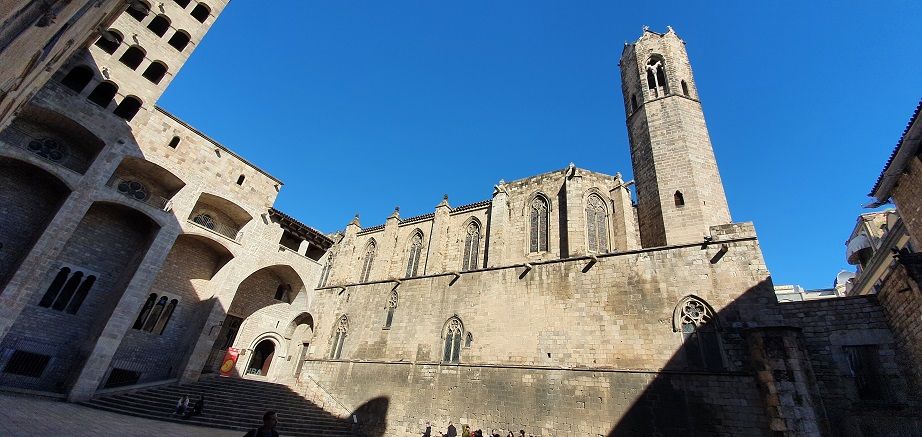 The Placa del Rei, the King’s Square, is situated in the Gothic Quarter of Barcelona and contains a number of buildings dating from the 5th century. These include the Palace, with its Great Hall, a chapel, and the city museum. Under the buildings are an extensive array of Roman ruins with streets, buildings, and workshops that can be walked around. READ MORE The Placa del Rei, the King’s Square, is situated in the Gothic Quarter of Barcelona and contains a number of buildings dating from the 5th century. These include the Palace, with its Great Hall, a chapel, and the city museum. Under the buildings are an extensive array of Roman ruins with streets, buildings, and workshops that can be walked around. READ MORE
Located in the city of Cartagena in the South East region of Spain the city was known as Carthago Nova following its conquest in 209 BC by the Roman general Scipio Africanus. The city came to prominence in 228 BC when it was taken by the Carthaginian general Hadrubal as a base for the conquest of Spain due to its strategic harbour, and given the name of Qart Hadasht which means New City after Carthage. The city became pivotal in the conquest of the area both for the Carthaginians and later the Romans. In 298 AD the Roman emperor Diocletian established the province of Hispania with Carthago Nova as its capital. Over the years it has held a number of other names instigated by different emperors. READ MORE
The first religious building to stand on the site of the Mosque-cathedral in Cordoba was a Roman temple dedicated to Janus, but following the withdrawal of the Romans from the Iberian Peninsula in the 6th century, Cordoba fell in 572 to the Visigoths. They constructed a Christian Church dedicated to St Vincent of Saragossa on the site of the Roman temple which remained in the hands of the Visigoths until the arrival of the Muslims in 711, although Christian continued to worship there until 714. READ MORE The Alhambra Located at the top of al-Sabika Hill, in a strategic position overlooking the city of Granada. The Alhambra gets its name from the red walls that surround the structure. Its’ name coming from the Arabic qa'lat al-Hamra' which means Red Castle.
Although a fortress existed on the site before the Muslims arrived in Granada in the 8th century, and documents exist confirming that Sawwar ben Hamdun sought shelter there during the conflict that occurred within the Caliphate of Cordoba, to which Granada then belonged, and it is believed that it was at that time that the castle was constructed turning it into a military fortress. READ MORE Malaga Cathedral
Church of the Sacred Heart Church of the Holy Christ of Health
Construction of the Church of the Holy Christ of Health was started by the Jesuits in 1572 and the church was consecrated in 1630, although some work continued until 1644. It has an unusual design, with a large eight-sided roof on an octagonal base with a small cupola at the top of the hemispherical dome. Within the church are several beautiful altars displaying fine statues and paintings. READ MORE
Orihuela Town Wall Museum The city of Orihuela lies between Alicante and Murcia on the Costa Blanca. Its archaeological ruins of the town wall and buildings were discovered in 1998 during construction work for the University of Orihuela. Their importance resulted in them being integrated into the basement of the building, and to the establishment of the Wall Museum, to enable them to be preserved and viewed. READ MORE
Salvador and Santa Maria Cathedral
Royal Abbey of Santa Maria de Poblet Monastery
Located in the north-eastern region of the Iberian Peninsula in southern Catalonia, Poblet Abbey is one of the world’s largest and most complete Cistercian abbeys.
The Monastery of Santa Maria de Poblet was founded in 1151 by Cistercian monks who had moved to the area from France following the recapture of what is now Spain from the Moors. The monastery developed around a church which was begun in the 12th century and completed in the 13th. Most of the abbey’s construction took place in the 12th and 13th centuries, although building continued to be done on the site through the 15th century. READ MORE
Santiago de Compostela Cathedral 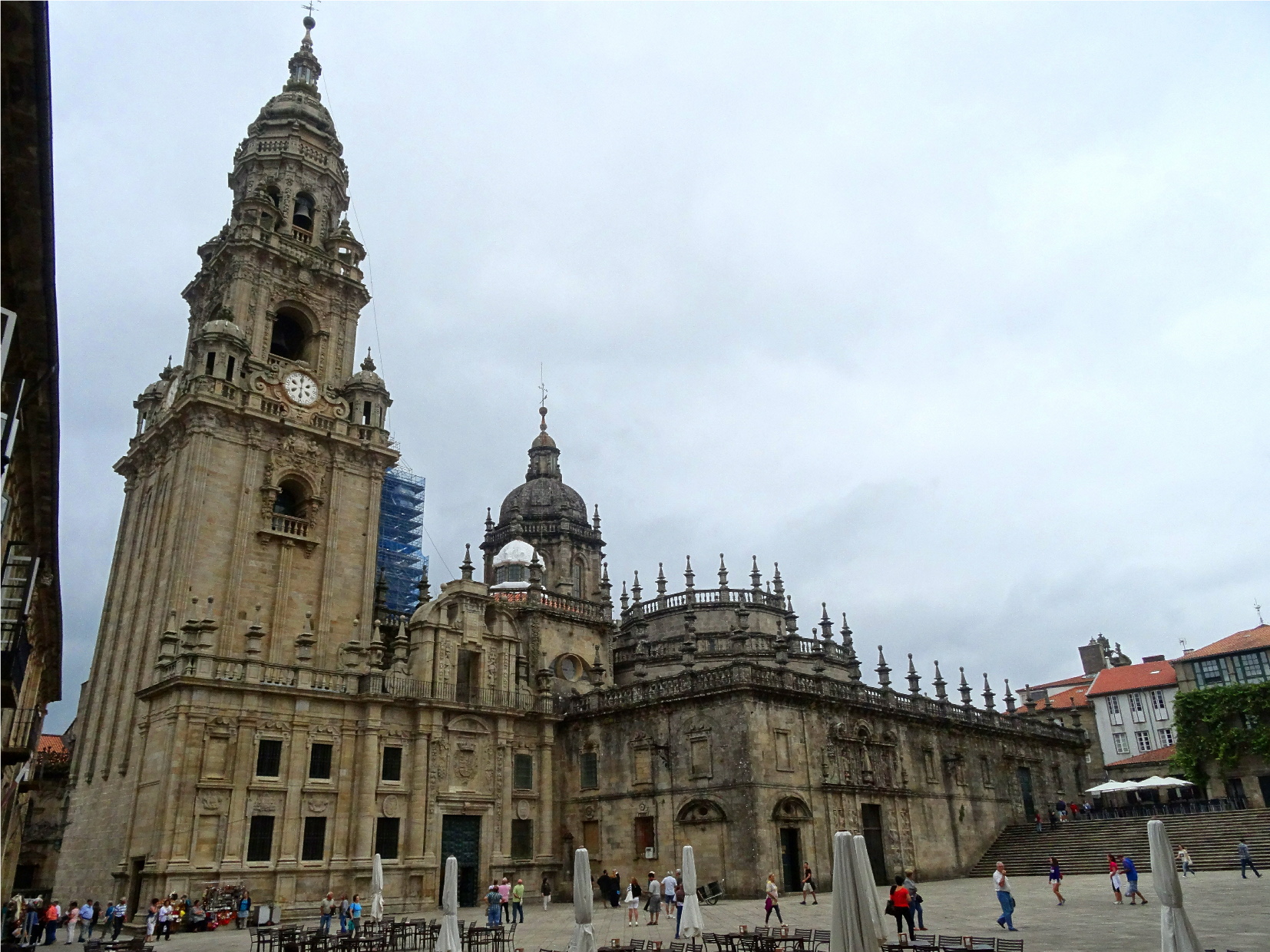 Santiago de Compostela is located in Galicia in north-western Spain and is famous for its Cathedral, which was built on the shrine of Saint James, (son of Zebedee) one of the Apostles of Jesus. The cathedral is the destination for Catholic pilgrims who complete the Way of Saint James, a pilgrimage that originated in the 9th century and is the third most popular pilgrimage for Christians/Catholics. READ MORE Santiago de Compostela is located in Galicia in north-western Spain and is famous for its Cathedral, which was built on the shrine of Saint James, (son of Zebedee) one of the Apostles of Jesus. The cathedral is the destination for Catholic pilgrims who complete the Way of Saint James, a pilgrimage that originated in the 9th century and is the third most popular pilgrimage for Christians/Catholics. READ MORE
Torrevieja Church of the Immaculate Conception 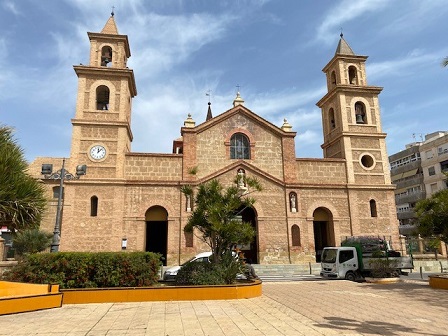 The Church of the Immaculate Conception is located in The Plaza de la Constitution in the heart of Torrevieja. Completed in 1880 on the site of two previous churches, the two bell towers were added in 1907 giving it its current appearance. READ MORE Cathedral of the Holy Chalice The Gothic Cathedral located in the old town at the centre of Valencia is known as “Saint Mary's Cathedral”, “The Basilica of the Assumption of Our Lady of Valencia” or just as "Valencia Cathedral".
Built on the site that was previously a Roman temple, a Visigoth cathedral, and an 8th century Mosque, it was several decades after the Christian conquest of the city (1238), before the cathedral was constructed, between 1252 and 1482. Construction is in the Gothic style, although it contains elements of early Romanesque, Renaissance, Baroque, and Neoclassical. READ MORE Xàtiva Castle Mallorca Palma Cathedral 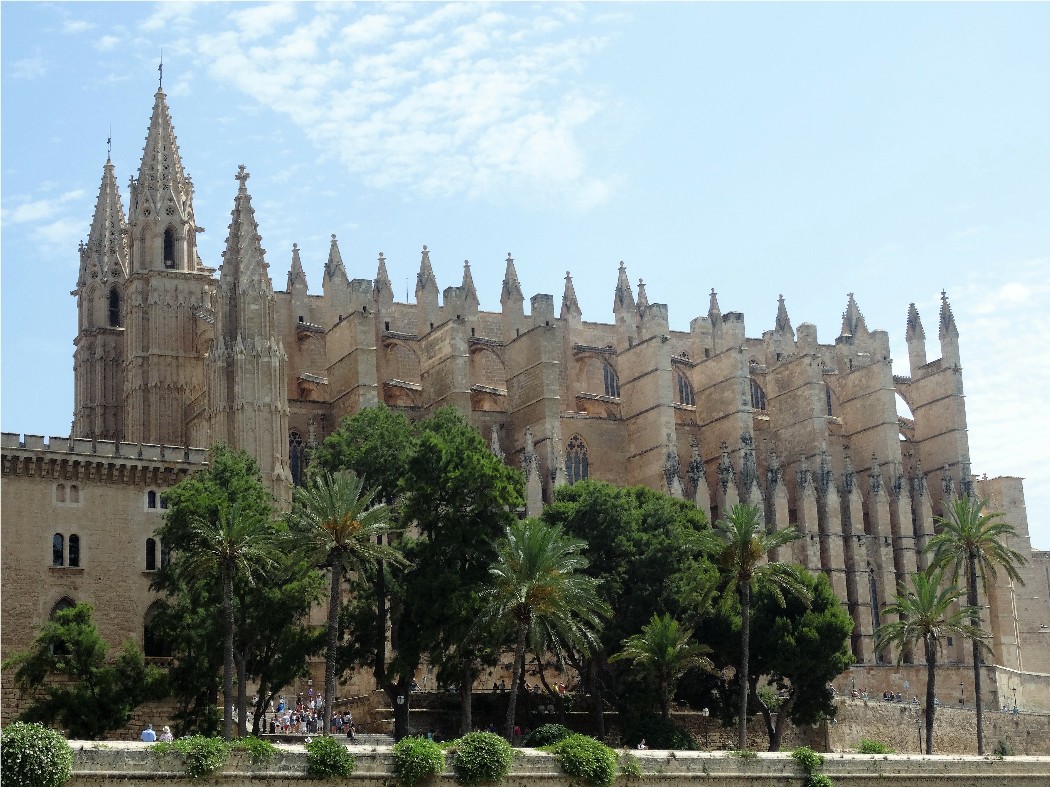 Christianity came to the island of Mallorca in the 5th century and it is known that the Bishop of Majorca attended a Synod at Carthage in 484 due to the existence of documentary evidence. Christianity came to the island of Mallorca in the 5th century and it is known that the Bishop of Majorca attended a Synod at Carthage in 484 due to the existence of documentary evidence.During the 9th century, a series of battles took place between Christians and Muslims for control of the island and when the Arabs conquered it in 903 under Emir Isam el Jawlani, they were, as they were throughout their area of domination, tolerant of the Christian religion. READ MORE Almudaina Palace
|
|
|
|
||
All Photographs were taken by and are copyright of Ron Gatepain
| Site Map |
